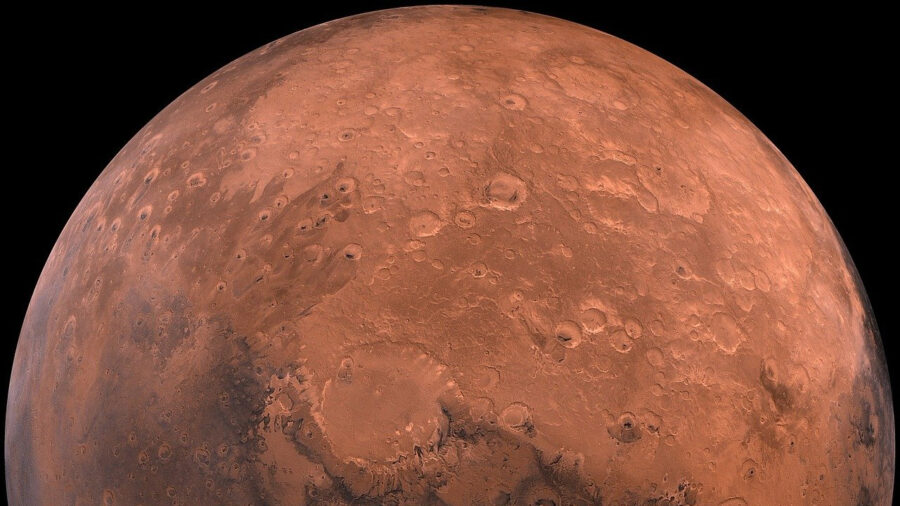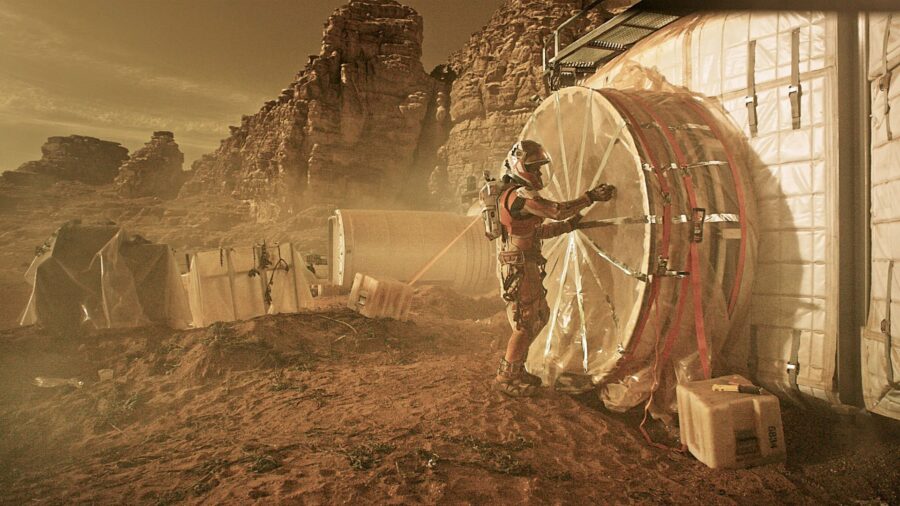Mars Mission Gets Volunteers To Attempt Living On The Red Planet
NASA found four volunteers willing to live in a simulated version of Mars for one year to test the limits of human endurance.

Getting to Mars, in reality, has proven to be far more difficult than it seemed in Total Recall, but that isn’t stopping NASA from working on possible solutions. WION reports that four brave (?) volunteers will be living in a simulated Martian environment for one year, eating, sleeping, and working in 3D-printed shelters while only going outside to simulate spacewalks. The compound will be similar to that found in Matt Damon‘s The Martian, complete with areas for fitness, health, and growing food.
If that sounds horrible and designed to break the human spirit, that’s part of the experiment. NASA will be focused on environmental stressors, factors that settlers on Mars will have to endure to start exploring the red planet. These stressors include isolation, resource scarcity, and equipment failures.
To keep busy, the four volunteers will be manning robots to simulate how the first humans on Mars will navigate, explore, and collect scientific samples. That’s in addition to growing their food and tending to basic survival needs, including grooming, meal preparation, and maintaining a sleep schedule. According to NASA, they are especially interested in how the volunteers’ behavior and health change over time living under strenuous conditions.
The upcoming year-long study is the first of three planned experiments by NASA, with follow-ups scheduled for 2025 and 2026. Large-scale research in simulated conditions is currently the closest we can get to experiencing life on another planet. Mars remains off-limits to humans until researchers can solve the problem of traversing vast distances in space.

A previous study, Mars-500, was a joint operation between the European Space Agency, Russia, and China from 2007 through 2011. The study looked at similar factors as the upcoming NASA experiment, emphasizing the medical and psychological issues of being isolated for years. The last stage of the experiment was a 520-day study, longer than what NASA is preparing for, but the results will likely be similar.
It comes as no surprise that humans, being social animals, don’t do well in extended periods of isolation. Even though the international crew got along with no conflicts reported, the participants spent more and more time in bed as time passed. Mars-500 involved a large team of researchers, while the upcoming NASA mission will only include four volunteers, likely increasing the chances for emotional and mental breakdowns.
Mental breakdowns on Mars could cause the very expensive, very dangerous mission to fail, which is why NASA is trying to study how to prevent them. Planning a real trip would be fruitless without a basic understanding of how humans can function on our closest neighbor. Though a year-long isolation study is an intense way to test the limits of humanity, it’s the best way to prepare for the future colonization of our solar system.













